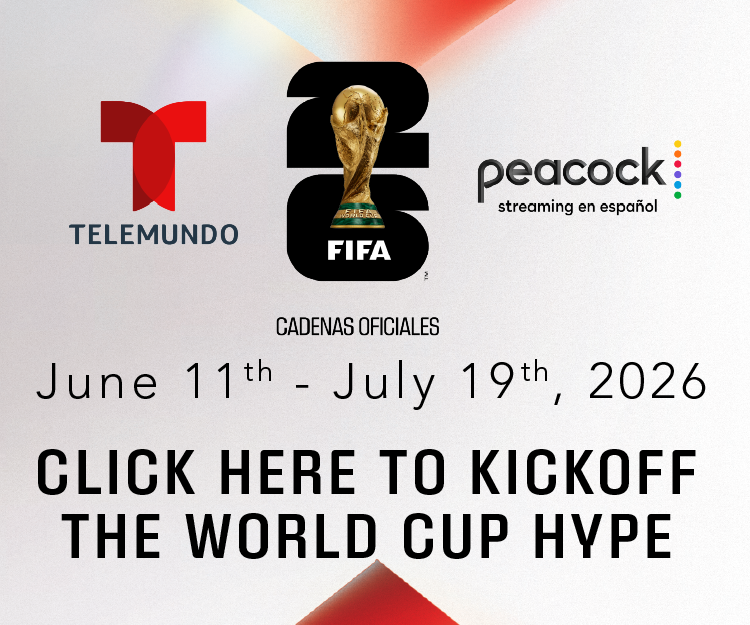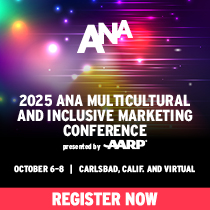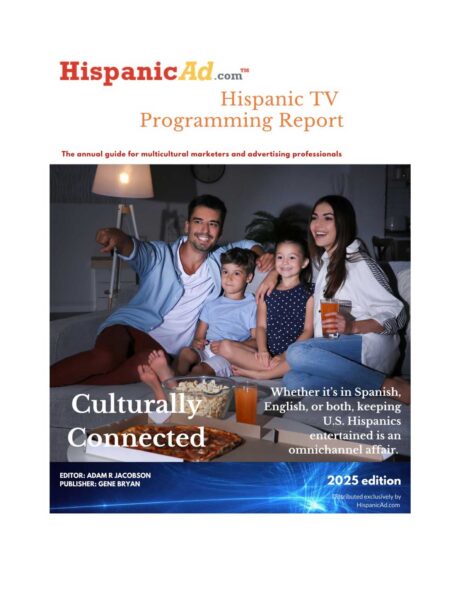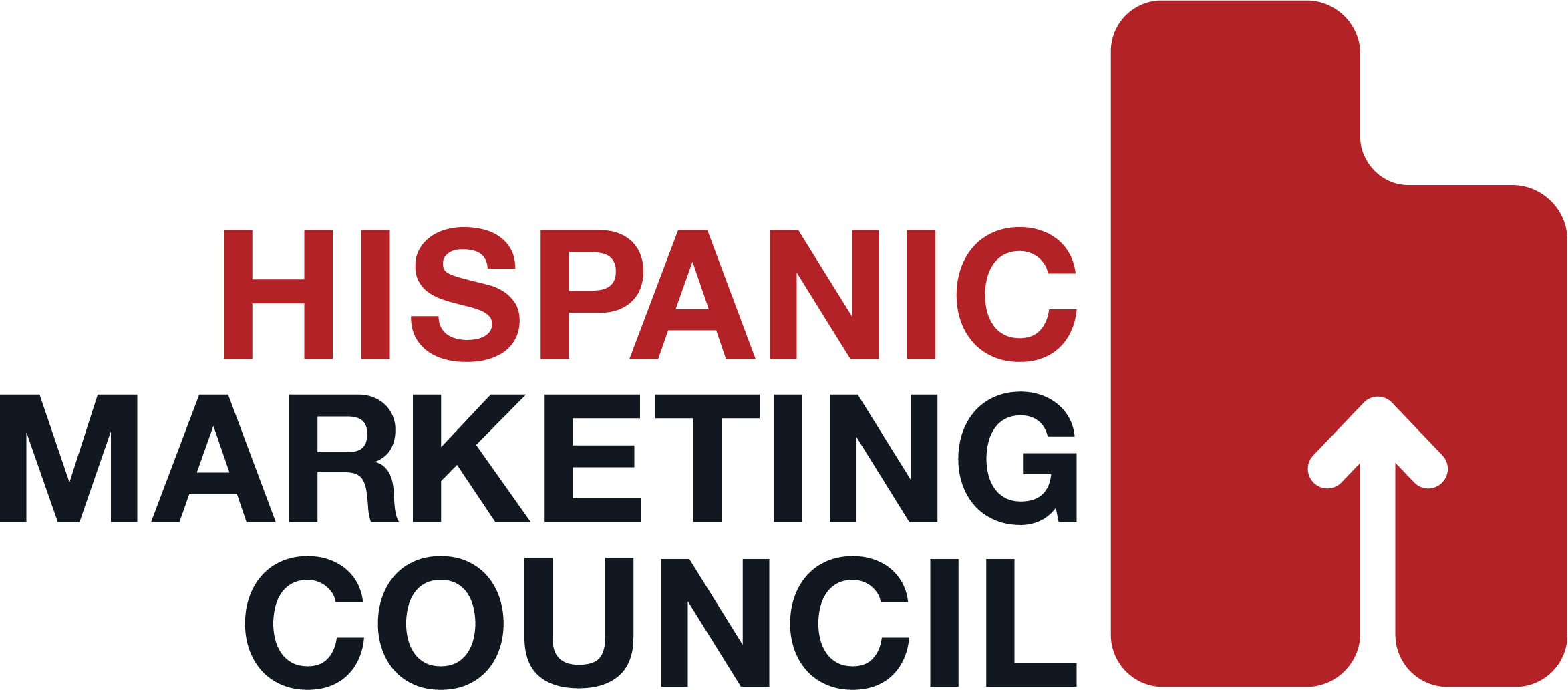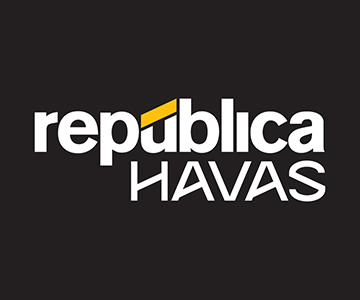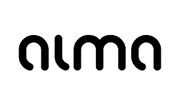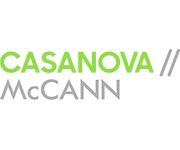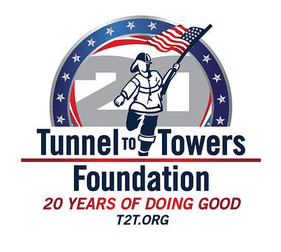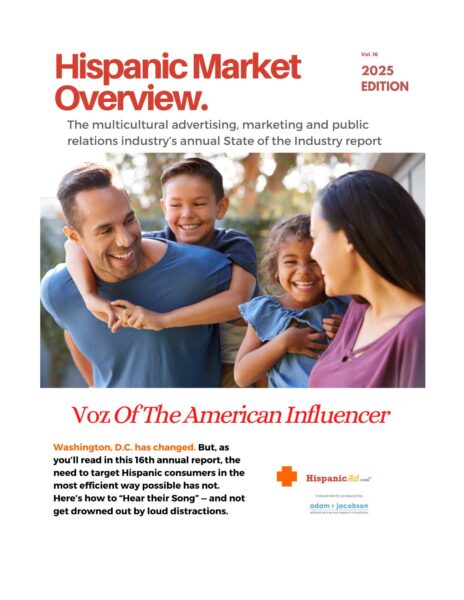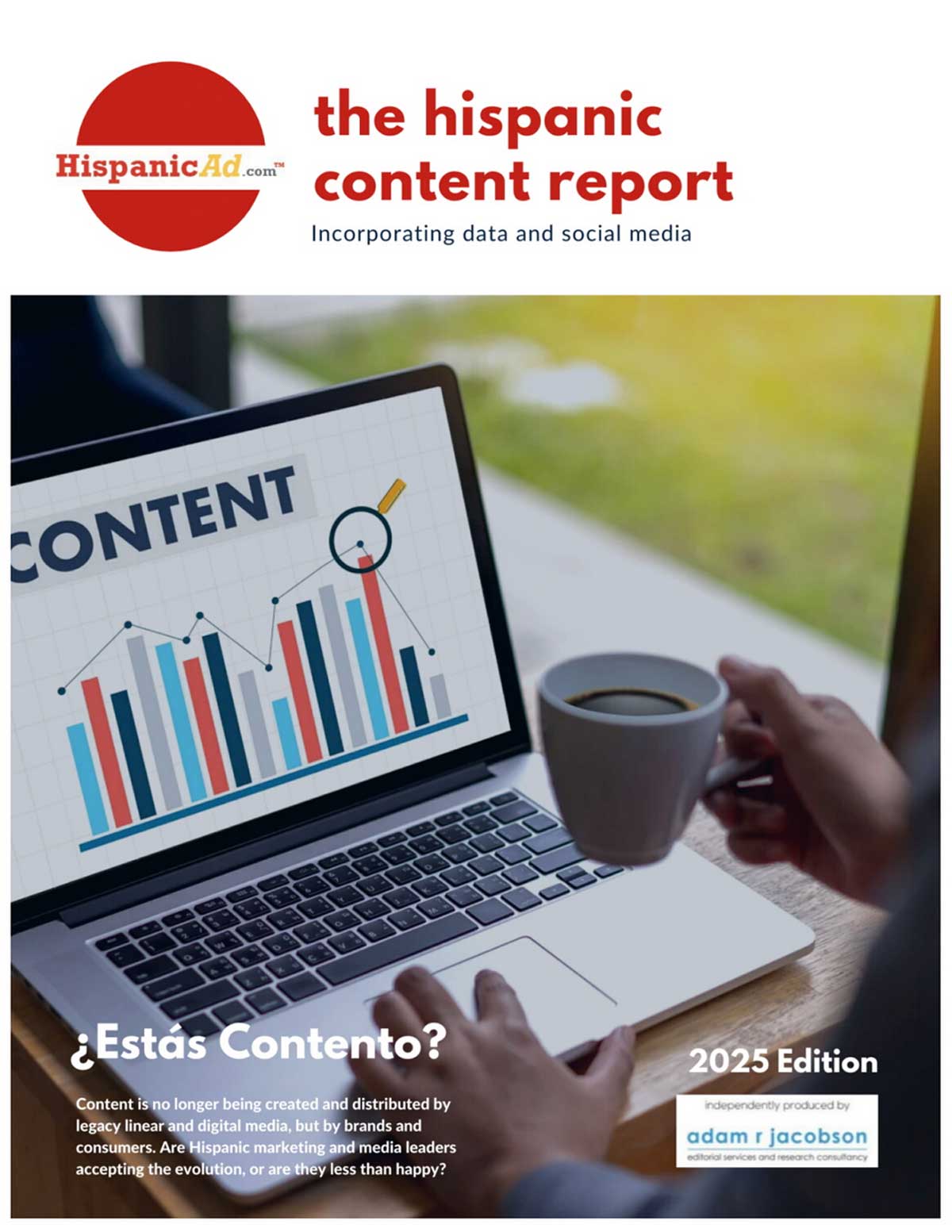Radio’s Social Influencers
February 23, 2019
 Digital influencer marketing — the use of celebrities, online personalities, niche uber-enthusiasts, and digital content creators to feature products and services through authentic, native storytelling on social media platforms — is on the rise. In fact, projections recently quoted by Adweek say the influencer marketing industry will reach $10 billion by 2020. But for all that ground-shaking growth, some cracks are beginning to show.
Digital influencer marketing — the use of celebrities, online personalities, niche uber-enthusiasts, and digital content creators to feature products and services through authentic, native storytelling on social media platforms — is on the rise. In fact, projections recently quoted by Adweek say the influencer marketing industry will reach $10 billion by 2020. But for all that ground-shaking growth, some cracks are beginning to show.
According to the “Influencer Marketing 2020” survey published by Influencer Intelligence in association with Econsultancy, as digital influencer marketing grows, it’s getting deeply saturated with influencers, and questions about influencers’ clout and the authenticity of their endorsements are rising to the surface. The study revealed that more than two-thirds (68 percent) of responding marketing specialists agree that authenticity and transparency are key to influencer marketing success. Another concern among marketers is the affect fake or bought followers have on the authenticity, trust, and measurability of these campaigns; 90 percent of industry respondents in the Influencer Intelligence/Econsultancy survey say that brands need to take authenticity and transparency more seriously for influencer marketing to be sustainable over the long term.
Luckily for marketers, there’s another segment of influencers who not only originated the concept of influencer marketing but native advertising as well: the on-air radio personality.
Influencers Who Truly Have the Consumer’s Ear
There are more than 25,000 on-air radio personalities across the U.S. These personalities — also referred to as talent, DJs, jocks, influencers, experts, journalists, real people, and friends by their loyal listeners and the marketers who have leveraged them — are local, national, one-to-many, person-to-person influencers who drive conversation.
These radio influencers include nationally known personalities like Ryan Seacrest, Delilah, John Tesh, Mark Levin, Mario Lopez, and Scott Shannon; regional household names like Nessa, Kirk Minihane, Eric Ferguson, and Nikki Nite; the many names known primarily in the local communities they serve like Jim, Deb, and Kenny from Indianapolis or Preston and Steve in Philadelphia; and even many social media influencers like Ben Shapiro, Khloe Kardashian, and Carolyn Manzo who have been heard on broadcast radio.
Not only do 58 percent of listeners in the Jacobs Media “Techsurvey 2018” state that radio talent is the main reason they tune in, but 37 percent of music listeners in a Nielsen Music report say DJs are one of the things they like most about listening to traditional radio — and that DJs add to the enjoyment of the music.
A 2017 Katz Media survey found that among radio listeners, 87 percent are intimate with personal details about a DJ’s home life, five out of 10 follow a DJ or radio station on social media, four out of 10 have met a DJ personally in their community, and eight out of 10 say they’d consider trying something that their favorite radio personality recommended. This demonstrates that listeners are much more than a loyal base of fans, they are part of their favorite personality’s inner circle — like a good friend.
How Radio Influencers Top the Charts
Several case studies about marketers leveraging radio station personalities to endorse their brands have proven the effectiveness of the strategy, ultimately providing direct attribution to the power that radio and its personalities represent. Here are four highlights.
Improving earned media.
When a major telecommunications company executed an integrated radio campaign through the Katz Radio Group and leveraged the power of local radio personalities — both on-air and in social media — the brand saw a massive lift in earned media of more than 66 percent. In targeted markets the brand saw 30 percent more store traffic than in non-targeted markets, while the brand’s website traffic was higher than in any other month of the same year.
Tuning in gets them tuning in.
A national cable television network found those who were exposed to the radio influencer messages tuned in to watch the programming at higher rates than those who were not exposed to the radio messages.
Moving conversations.
In the state of Texas, a national automotive brand achieved nearly 18 million impressions, reaching 33 percent of the market by leveraging radio personalities who spoke “friend to friend” with their listeners and followers about the benefits of driving a particular vehicle. Influencer videos, social media posts, event integration, and more drove authentic and relevant conversation throughout the campaign.
Driving engagement.
In analyzing the effectiveness- and attribution-data of a utility company’s radio campaign, Katz Radio Group demonstrated how radio helped drive online engagement and search activity for the brand. The results proved that DJ endorsements performed 21 percent better than the overall campaign average, generating an average of 36 new users each time a spot aired.
Go with Influencers Who Get the Best Reception
In the age of outcomes, where it is a requirement that media demonstrate proof of trust, authenticity, accountability, and attribution for the dollars marketers invest, leveraging radio’s personalities and the relationships they have with their followers is a smart and solid bet.
About Author
Tammy Greenberg (@RadioAdvBureau) is the SVP of business development at the Radio Advertising Bureau.










